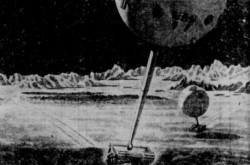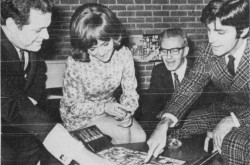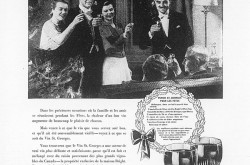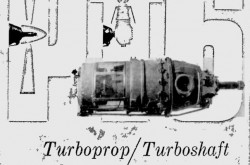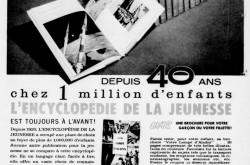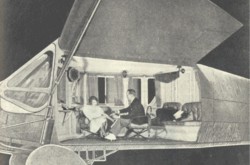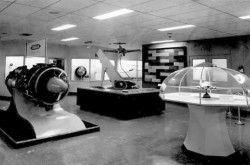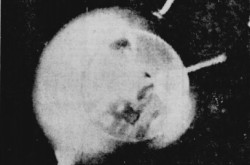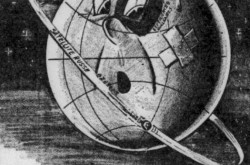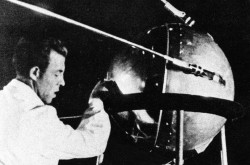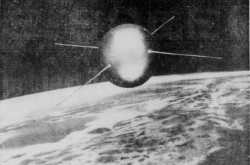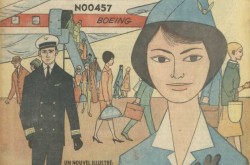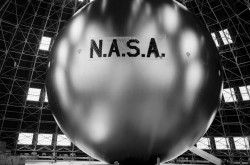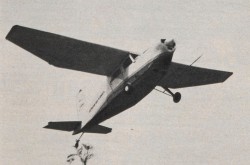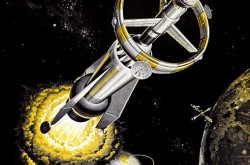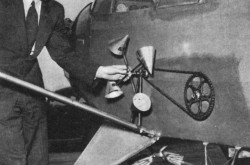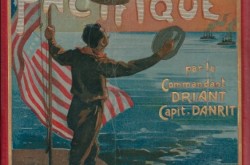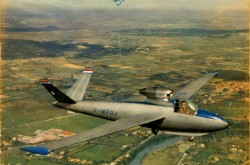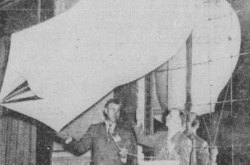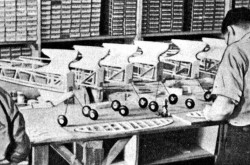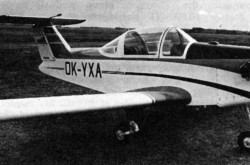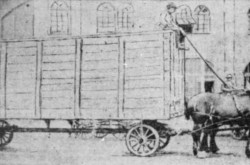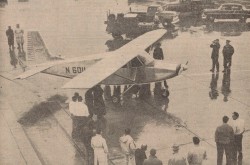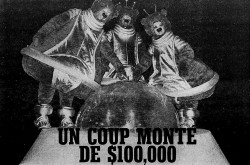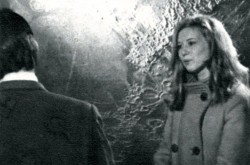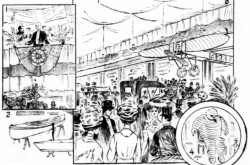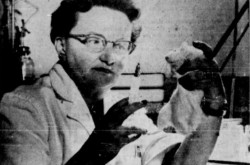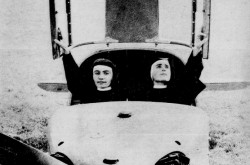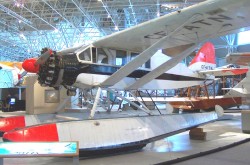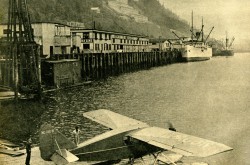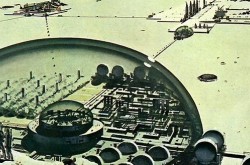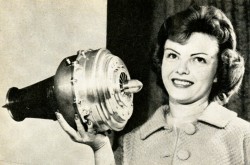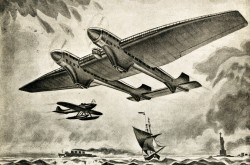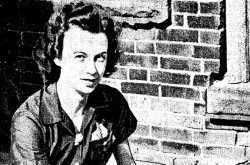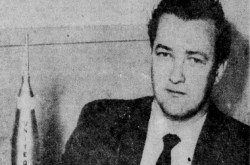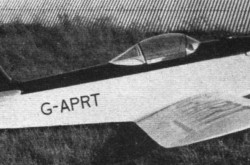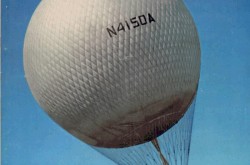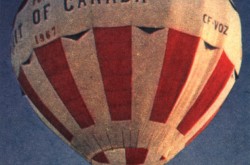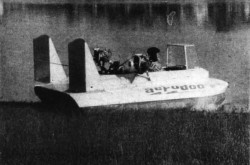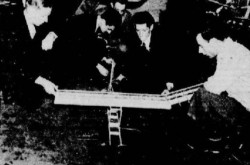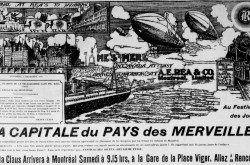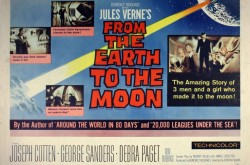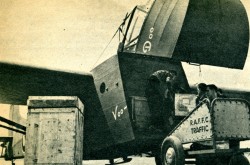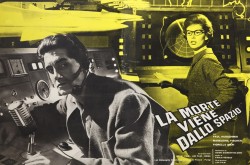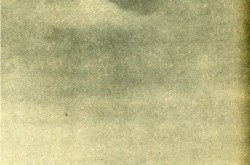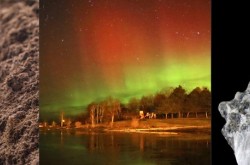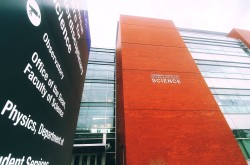“Did astronomers at the Dominion Observatory discover a new planet? Read all about it!” François Charles Pierre Henroteau, Miriam Seymour Burland and Planet ‘X’ – or was it Planet ‘Y’, part 3

Hello, hello, my reading friend! Do you remember the topic which calls us once again this week? The potential discovery of a planet by Canadian astronomers in April 1930? Correct. So go find yourself a gold star and... One, not three. Sigh...
As was to be expected, interest in the possible discovery made in Ottawa, Ontario, grew as astronomers became aware of it. Their opinions varied as to its nature, however. It could be a planet or a comet. Indeed, the trans-Neptunian object discovered in February 1930 by the American amateur astronomer Clyde William Tombaugh might also be a planet, comet or asteroid.
When asked why the trans-Neptunian object in question, yes, the one which would soon become known as Pluto, visible on the photographic plates taken in Ottawa in February 1924, had not been detected earlier, a renowned Canadian astronomer, the director the Dominion Observatory, in Ottawa, in fact, Robert Meldrum Stewart, indicated that astronomers worked on as many nights as they could, capturing countless numbers of images. In addition, each of those photographic plates showed countless objects. It was simply impossible to track every object visible on every photographic plate in order to determine its nature.
The head of the physical astronomy department at the Dominion Observatory, the Belgian (Canadian?) astronomer François Charles Pierre Henroteau, supported that statement by showing photographic plates to at least one journalist who paid a visit to the Dominion Observatory.
Indeed, Henroteau and his colleague, the Québec / Canadian astronomer Miriam Seymour Burland, had toiled for 80 to 100 hours, day and night, even on 1 or 2 Sundays, over a period of 10 or so days, to locate what they thought was the trans-Neptunian planet which would soon become known as Pluto. The latter readily admitted that she got a kick out of finding that celestial body.
Another 70 or so hours spread over a period of a week had been necessary to calculate the orbit of the celestial body. It took 6 hamburgers and scotch all night… Sorry, sorry. The lyrics of Heavy Fuel, a 1991 (!) song by the British rock band Dire Straits, just popped into my noggin. It actually took 2 calculating machines and 3 logarithmic tables to make those calculations.
The one catch with Stewart and Henroteau’s belief that the object on their photographic plates and the trans-Neptunian planet which would soon become known as Pluto were one and the same was that the inclination of the orbits of the two celestial bodies did not match.
Interestingly, at least to me, a reasonably important daily newspaper published in Montréal, Québec, namely La Patrie, published an editorial entitled “Qui a découvert cette planète?,” in English who discovered that planet, on 24 April 1930.
Its author indicated that it looked as if Tombaugh might lose the glory of having discovered a new planet. The Dominion Observatory might have photographed it in 1924, for example, and that was not all.
You see, a French astronomer / educator / geographer / illustrator / mathematician / meteorologist / photographer and creator / director of the Observatoire de Bourges, in… Bourges, France, the jesuit Louis Théophile Moreux, had included a surprising amount of information about the as yet undiscovered trans-Neptunian planet in a superb book published in 10 fascicles between April and December 1927, a work published in book form in December 1927, Le Ciel et l’Univers. Said information was seemingly based on calculations made a few years before.
And yes, my assiduous reading friend, Moreux was indeed mentioned in a June 2019 issue of our stellar, nay, interstellar blog / bulletin / thingee.
Mind you, in March or April 1930, some German astronomers threw some cold water on the orbital calculations concocted by the staff of the Lowell Observatory for the trans-Neptunian planet which would soon become known as Pluto.
By the way, yours truly has discovered that some French and American astronomers were also rather skeptical.
All in all, a debate seemed on the verge of getting underway. A debate which would have nothing to thrill the common folk, less interested as they were by a new planet than in half decent weather, or so thought the editorialist of La Patrie.
You see, again, during the night of 23 to 24 April, the weather had been cloudy and cold (-6° Celsius or so (21° Fahrenheit or so)) in the Montréal area. Something like 7.5 or so centimetres (3 or so inches) of snow had fallen. Spring weather this was definitely not, to quote the Jedi grand master Yoda. An apocryphal quote of course.
Incidentally, the weather was not exactly balmy in Ottawa either. To quote a snippet published in The Ottawa Evening Citizen of… Ottawa, “Brr! A hard frost last night. But a comforting news item informs us it is normally (-155° Celsius or so) 250 below zero on the new planet.” Indeed, the temperature dropped so much at night in Canada’s notional, sorry, sorry, national capital, that sowing came to a stop for some days in the Ottawa River valley.
Incidentally, again, the truth was that the comforting news item we just read was way off. The average temperature on Pluto is a nitrogen-freezing -230° Celsius or so (-385° Fahrenheit or so). Yes, yes, my astonished reading friend, it is so friggin’ cold on the surface of Pluto that a good part of the nitrogen present there exists in the form of ice, but back to our story.
By 24 April 1930, the aforementioned Stewart had changed his mind regarding the nature of the object spotted by Henroteau and Burland. It was not the trans-Neptunian planet which would soon become known as Pluto. Nay. Stewart tended to agree with an eminent American astronomer, Frank Schlesinger, director of the Yale University Observatory of… Yale University, in New Haven, Connecticut. The celestial body spotted in Ottawa seemed to be an asteroid.
Mind you, that statement was contradicted by at least one newspaper, which stated that Stewart was of the opinion that the object in question could be a comet or, more likely perhaps, a planet slightly smaller than the Earth. That object, described as the Ottawa object in several North American newspapers, was too far from our big blue marble to be an asteroid.
This being said (typed?), given the uncertainty surrounding the celestial body spotted by Henroteau and Burland, it was too early yet to choose a name.
One thing was certain, however. “If the object discovered [in Ottawa] proves to be a planet, there need to be no supposition that life could exist there.” The temperature on that celestial body, located as far away from our Sun as the trans-Neptunian planet which would soon become known as Pluto, would be far too cold for that.
Asked about the nature of the new celestial body, Henroteau was no more assertive than Stewart. Given that this trans-Neptunian planet needed 252 or so years to complete its orbit around the Sun, the 3 or so months of so of data accumulated by the staff of the Lowell Observatory did not amount to much. As result, the nature of the celestial bodies spotted by the Lowell Observatory and the Dominion Observatory was still uncertain.
A brief digression if I may. Pluto actually takes 248 or so years to complete a single revolution around our star. In other words, that dwarf planet will occupy more or less the position in the heavens that it occupied when it was discovered, in mid-February 1930, only in late January 2178. In other words, 52 or so years before the birth of S’Chn T’Gai Spock. (Hello, SB, EP and EG!) End of digression.
Approached by journalists a day after making the statement mentioned above, Henroteau had reached another conclusion. The two celestial bodies spotted by staff members of the Lowell Observatory and the Dominion Observatory were fragments of a large planet which had broken apart millions of years ago.
In that regard, Henroteau mentioned to journalists that this large planet had suffered the same fate as the planet located between Mars and Jupiter, a celestial body whose destruction created the asteroid belt, and…
Before you raise your arm to point out the fallacy of that interpretation, let me assure you, my reading friend, that I share your opinion. The countless asteroids found in the asteroid belt were formed by a process of accretion rather than disintegration. Besides, their total mass represents a mere 4% or so of the mass of our Moon, or 0.05% or so of the mass of the Earth, but I digress.
Yours truly will point out, however, that I very much share the opinion expressed in late April 1930 by the editorialist of Witness and Canadian Homestead. If there were in fact not one but two celestial trans-Neptunian in relatively close proximity, those celestial bodies had to be fragments of a large planet which had broken apart a long, long time ago. To quote that Montréal weekly newspaper, “Without this assumption, it would be against all analogy to imagine two planets set racing round the same course at a like distance from the sun.”
According to staff members of the Dominion Observatory, the discovery of the celestial bodies spotted by staff members of the Lowell Observatory and the Dominion Observatory was the biggest astronomical discovery since the, err, discovery of Neptune, by the Prussian astronomer Johann Gottfried Galle and his Prussian assistant, Heinrich Louis d’Arrest, in September 1846. A… discovery made possible by the intricate calculations made by the French astronomer / mathematician Urbain Jean Joseph Le Verrier.

Urbain Jean Joseph Le Verrier, ca 1846. Smithsonian Institution, SIL-SIL14-l003-02.
You see, Galle and d’Arrest had pointed a refracting telescope of the Berliner Sternwarte, in… Berlin, Prussia, precisely where Le Verrier had stated that the planet perturbing the orbit of Uranus should have been. And lo! The as yet undiscovered planet was precisely where Le Verrier had calculated it should be.
Le Verrier had sent his calculations to Galle because his equipment was seemingly superior to anything Le Verrier could make use of in France, that or he could not convince Franch astronomers to peer into their instruments. Or both. Or neither. Sorry.
Mind you, the English astronomer / mathematician John Couch Adams had made some intricate calculations of his own in order to lead to the discovery of the trans-Neptunian planet but had seemingly failed to press his case soon enough or strongly enough. Or so stated the doxa.
You see, Adams’ intricate calculations actually kept changing, something which greatly annoyed the British astronomers who went looking for the planet which was perturbing the orbit of Uranus, in other words the as yet undiscovered Neptune, during the summer of 1846.
Would you believe that at least one member of the British astronomical community apparently covered up Adams’ far from stellar calculations, making public only the good ones, and this in order to turn him into a co-discoverer of Neptune?
An additional oddity in that convoluted tale was that the English professor / physicist / astronomer James Challis, director of the Cambridge Observatory of the University of Cambridge, in… Cambridge, England, had seen Uranus twice, in August 1846, but had failed to recognise it for what it was.
Better yet, after countless hours spent burning the midnight oil, a brilliant American mathematician / educator / astronomer by the name of Benjamin Peirce concluded, in 1847, that Le Verrier’s calculations were flawed and that Galle’s discovery of Neptune was in fact a happy accident.
As you might have imagined, the French astronomical community was not amused, and neither was Le Verrier. The funny thing was that the flaws uncovered by Peirce seemed real. Galle’s discovery of Neptune might have been a happy accident. I kid you not.
Incidentally, Le Verrier, a brilliant and ambitious mind with a haughty, dictatorial and arrogant temper, might, I repeat might, have pressured, if not blackmailed, the French astronomer / mathematician / physicist / politician Dominique François Jean Arago, who might have had an affair with his spouse, Lucille Clotilde Le Verrier, born Choquet, and this so that Arago would suggest that the newly discovered planet be christened… Le Verrier. I still kid you not.
As you know, the planet in question was soon christened Neptune, thus following the traditional approach taken toward planets of our Solar system, which were named after gods of Roman mythology, Neptune being the god of freshwater and the sea / ocean, but back to Henroteau and Burland.
Their renewed search in the collection of the photographic plates of the Dominion Observatory paid off yet again. It revealed, or so they hoped, the presence of the trans-Neptunian planet, initially spotted in February 1924 images, in a 1906 image and a 1909 image.
Even though the number of articles published in Canadian newspapers decreased gradually as days passed, if only because there was not a whole lot of new stuff to report, the truth was that many Canadians were intrigued by what was taking place. Their interest in matters astronomical went up as well.
A late April 1930 illustrated address entitled “A View of the Universe,” made before members of the Canadian Club of Waterloo County, in Kitchener, Ontario, I think, attracted a sizeable audience, for example.
A renowned Canadian astronomer / physicist / professor, Clarence Augustus Chant, based at the Department of Astronomy of the University of Toronto in… Toronto, a gentleman also known as the father of astronomy in the Dominion, spoke eloquently about the mysteries and wonders found in the heavens above.
Chant spoke, or was asked to speak, about the recent planetary discoveries. He seemed to doubt that the celestial body discovered at the Lowell Observatory, in Flagstaff, Arizona, was the trans-Neptunian planet its staff had been looking for.
Incidentally, Chant was mentioned in several issues of our stellar blog / bulletin / thingee, and this since April 2019.
The new American and Canadien discoveries were also added to the topics mentioned during a multi-presenter presentation organised in late April by the Victoria Centre of the Royal Astronomical Society of Canada (RASC), in… Victoria, British Columbia.
And let us not forget the sizeable article by Horace Brown, published in The Ottawa Evening Citizen of… Ottawa, in which he described his visit to the Dominion Observatory.
And yes, the RASC has been mentioned many times in our you know what since December 2018.
Incidentally, Brown became a well known mystery writer / public relations specialist / scriptwriter / journalist / alderman. Greatly affected by poliomyelitis when he was an infant, he played a crucial role in the creation of the Canadian Fund for Poliomyelitis, in Toronto, I think, in the spring of 1949. Brown was the founding executive director of that charitable organisation known today as March of Dimes Canada.
Oddly enough, the celestial body spotted by Henroteau and Burland made a brief splash in the discussions concerning the holding of a federal election in Canada in 1930. To paraphrase and quote The St. Catherines Standard of… St. Catherines, Ontario, a new planet had been discovered in Ottawa and The Evening Telegram of Toronto, a newspaper which staunchly supported His Majesty’s Loyal Opposition in the House of Commons of Canada, wondered why Prime Minister William Lyon Mackenzie “Rex” King did not “grab it and go to the country on it.”
And yes, you are correct, my assiduous reading friend, King was mentioned many times in our hysterically, sorry, sorry, historically significant blog / bulletin / thingee, and this since April 2018.
As it turned out, the writs for the 1930 federal election were issued in late May. The election itself was held in late July. King’s political party lost that election, which turned out to be a blessing in disguise.
You see, the new government, headed by the Canadian businessman / lawyer / philanthropist Richard Bedford Bennett, was faced with some of the worst years of the Great Depression. That government was rejected by Canadians as a result of the general election held in mid October 1935. King’s political party returned to power at the time and remained in the saddle until mid June 1957, but back to our story.
On 28 April 1930, Le Soleil, an important if not the most important daily newspaper published in Québec, Québec, offered to its readers a group of 3 photographs linked to the celestial body spotted by Henroteau and Burland. Those photographs…

Three photographs linked to the possible discovery of a new planet by Canadian astronomers. Anon., “Planète découverte par des Canadiens?” Le Soleil, 28 April 1930, 1.
And yes, my reading friend, that image was indeed at the very beginning of the 1st part of this article. Now, do you remember who and what could be seen in said photographs, humm? I thought so…
On the left, we have a photograph of one of the 1924 photographic plates in the collection of the Dominion Observatory which allegedly showed the trans-Neptunian planet which would soon become known as Pluto and a photograph of that observatory. On the right, we have the aforementioned Stewart.
You will of course have noted, my keen eyed reading friend, that the group of photographs we have just gawked at included neither Henroteau nor Burland, the two individuals who had performed the actual grunt work of poring over a lot of photographic plates.
In that regard, yours truly cannot claim to be the first person to make that observation. In early May 1930, Camille L’Heureux, a journalist working for the daily newspaper Le Droit of Ottawa, stated pretty much the same thing, albeit somewhat more politely and in words translated here: “we have there a bad way of publicising a valuable event.”
Only a few days later, in one of his many “Au jour le jour” columns, an unknown staff member of that same newspaper actually went after Le Soleil, albeit without actually naming that newspaper. You see, Le Droit belonged to the Missionnaires Oblats de Marie Immaculée, a congregation of the roman catholic church, a reactionary and obtuse religious institution which was not too fond of the political family that Le Soleil was a part of.
In any event, that unknown staff member stated that including only the name and photograph of Stewart was, words translated here, “a blameworthy method of advertising the name of a leader at the expense of a subordinate.”
By the way, the same group of 3 photographs had been published 2 days before in another daily newspaper, namely Niagara Falls Evening Review of… Niagara Falls, Ontario, with an English language caption of course. It was published yet again on 30 April, by The Calgary Daily Herald of… Calgary, Alberta.
Between late April and the second half of May, at least 8 Canadian daily newspapers in 5 provinces, including Québec, presented to their readership a rather different group of illustrations containing no less than 5 photographs and a drawing. That group…

A group of illustrations linked to the possible discovery of a new planet by Canadian astronomers. Said group of illustrations showed, from 1 to 6,
- the Québec / Canadian astronomer Miriam Seymour Burland;
- the celestial body which could prove to be the new planet in question;
- the Canadian astronomer Robert Meldrum Stewart, director the Dominion Observatory, in Ottawa, Ontario;
- a diagram showing the position of the possible new planet in our Solar system;
- the refracting telescope of the Dominion Observatory; and
- the Belgian (Canadian?) astronomer François Charles Pierre Henroteau, head of the physical astronomy department at the Dominion Observatory.
Anon., “–.” The Leader-Post, 5 May 1930, 17.
You will of course have noted, my keen eyed reading friend, that the group of photographs we have just gawked at included both Henroteau and Burland.
The reaction of the aforementioned unknown staff member of Le Droit towards the group of 6 illustrations published in La Patrie, the one Québec newspaper among the 8 mentioned just above, was far more positive than the one he had shown in regard to the group of 3 illustrations published in Le Soleil. To quote that person, words translated here yet again, “Another colleague, more concerned with the truth – because it knows that a photograph speaks – gives us a photograph which does justice to those who participated in [the discovery] of the new planet.”
Mind you, Le Droit and La Patrie hailed pretty much from the same political family.
You know what, my reading friend? Why not conclude the 3rd part of article right here and now? You undoubtedly have other things to do, do you not?





































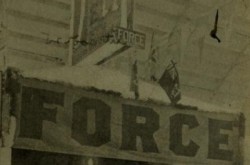
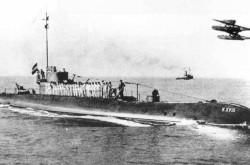
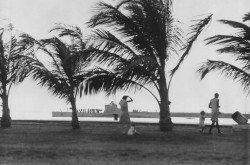
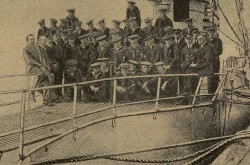
![A block of photographs showing some of the people involved in the bombing of beluga whales in the estuary and gulf of the St. Lawrence River. Anon., “La chasse aux marsouins [sic]. » Le Devoir, 15 August 1929, 6.](/sites/default/files/styles/thumbnail_7/public/2024-09/Le%20Devoir%2015%20aout%201929%20page%206.jpg?h=584f1d27&itok=TppdLItg)

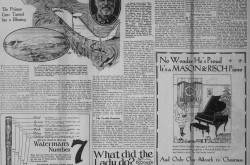

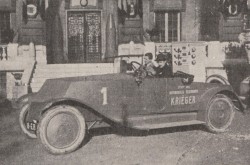
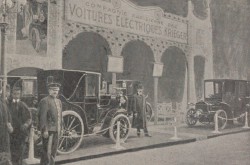




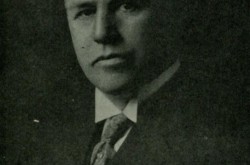
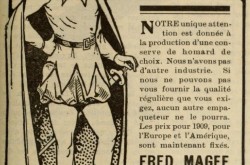
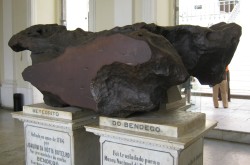
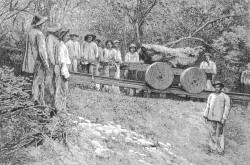
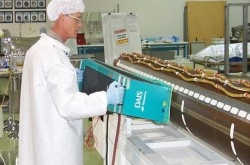
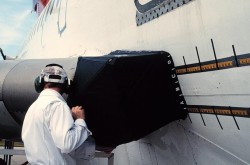
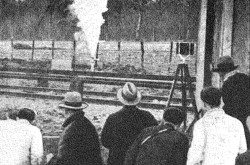
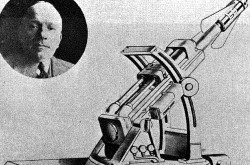
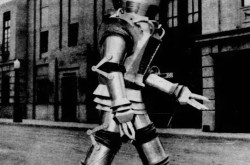

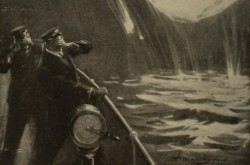
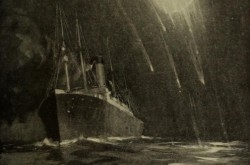
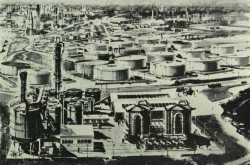
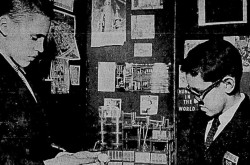
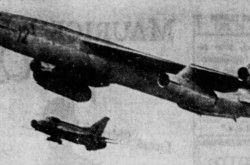
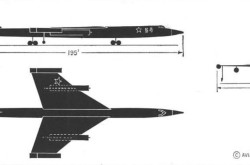
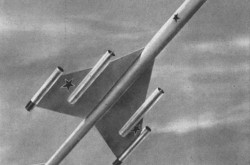

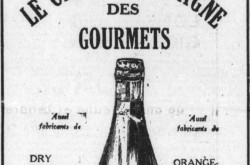
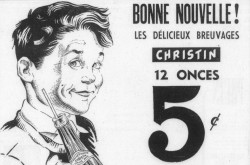

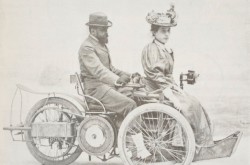
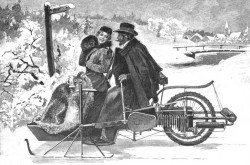

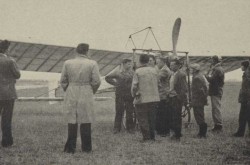
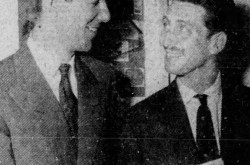

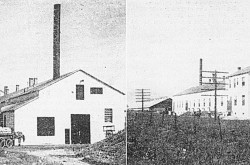

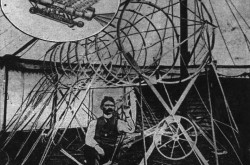

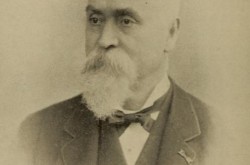
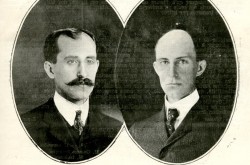
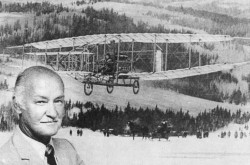
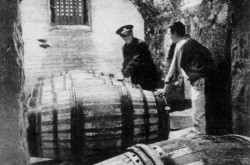
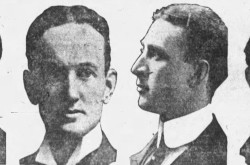
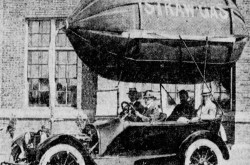

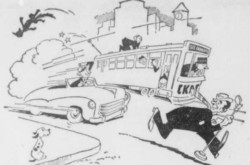

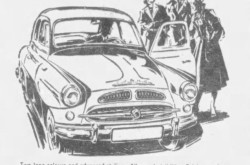
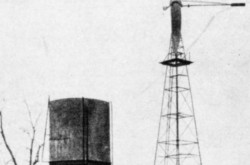
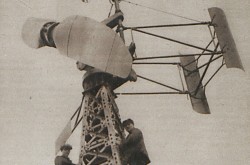
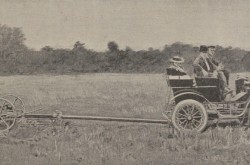

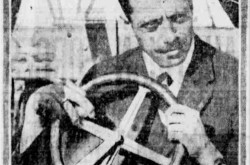

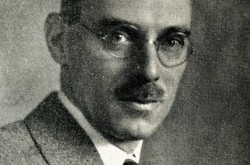
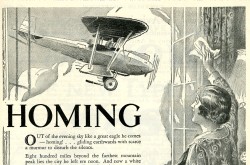




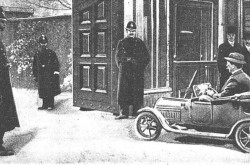

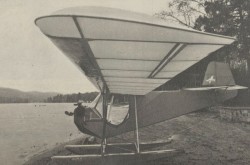
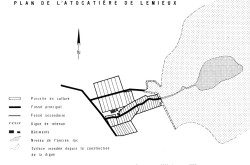

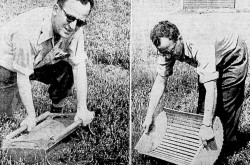
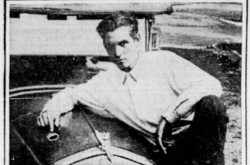
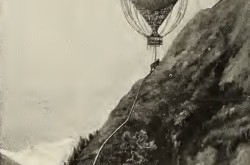


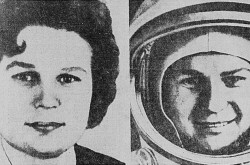
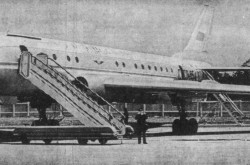
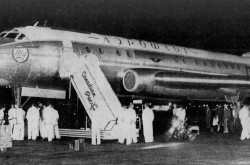
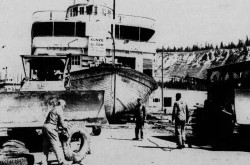
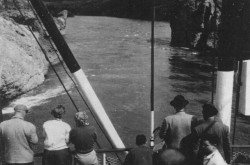
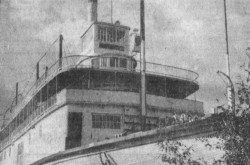

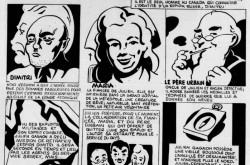
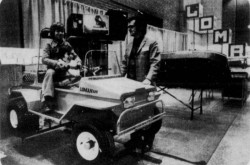

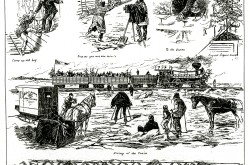
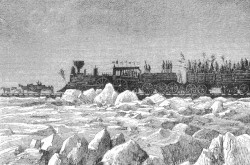

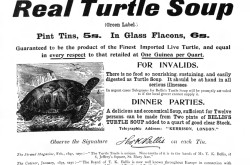


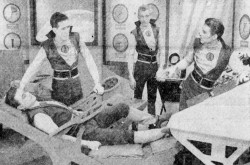

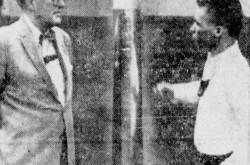


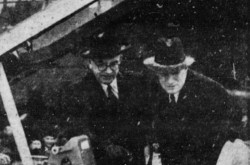
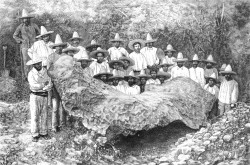
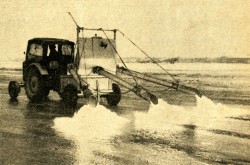

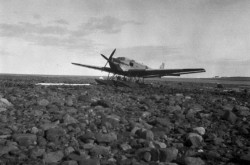

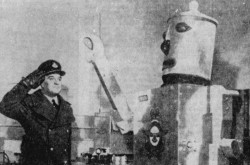
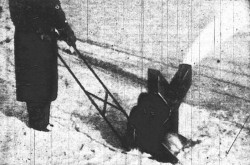


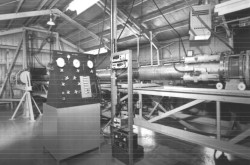

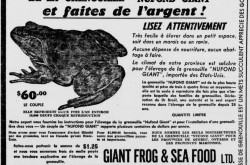
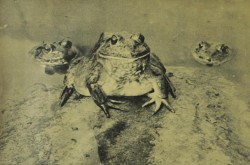

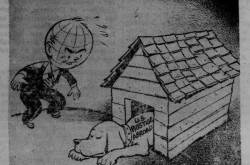
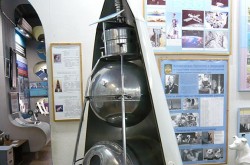






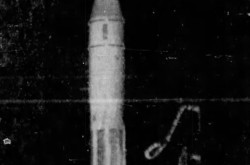
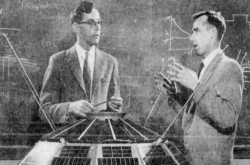
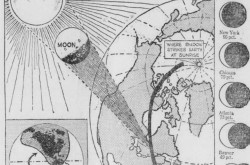

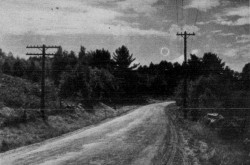
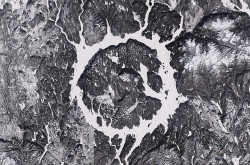




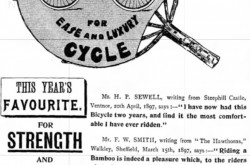
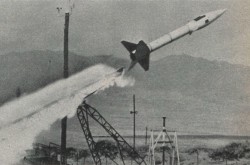
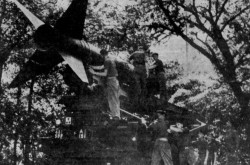

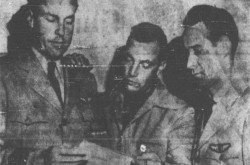

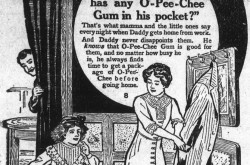


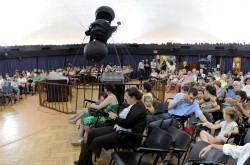
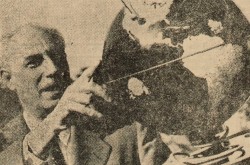





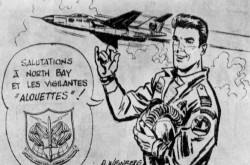
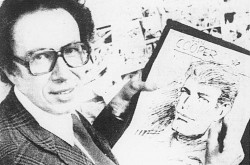


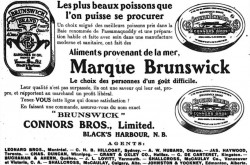
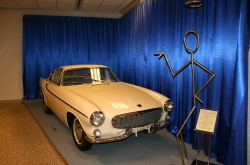

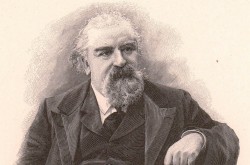


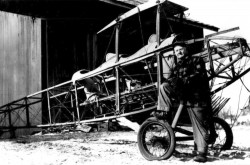

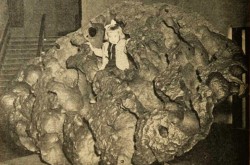
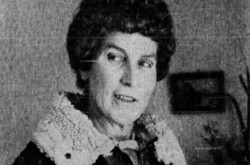

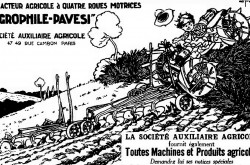






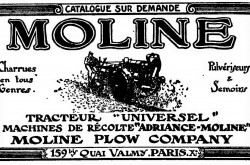


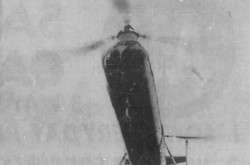

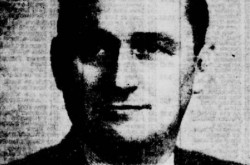
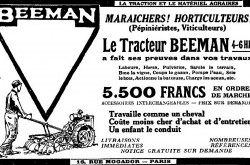
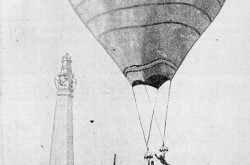

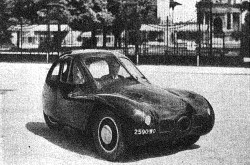
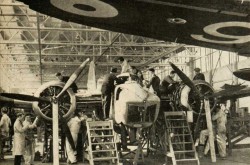


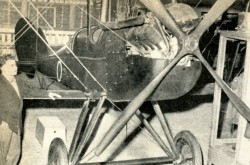
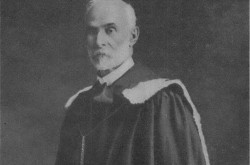
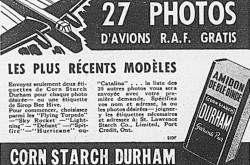


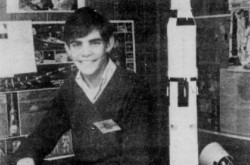



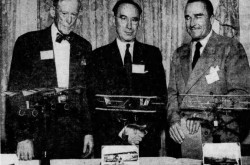




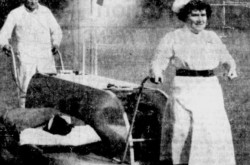

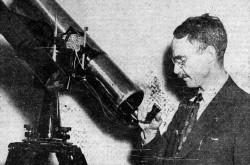

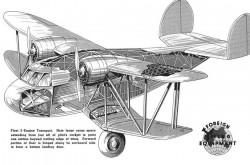
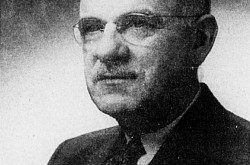
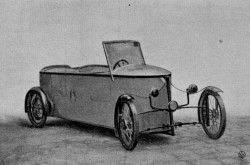

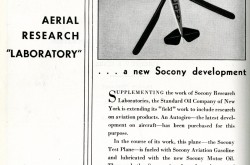

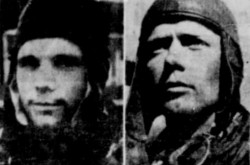


![Peter Müller at the controls [sic] of the Pedroplan, Berlin, Germany, March 1931. Anon., “Cologne contre Marseille – Le mystère du ‘Pédroplan.’ [sic]” Les Ailes, 2 April 1931, 14.](/sites/default/files/styles/thumbnail_7/public/2021-04/Les%20Ailes%202%20avril%201931%20version%20big.jpg?h=eafd0ed4&itok=WnBZ5gMf)
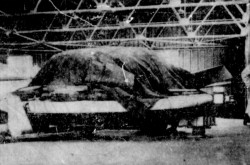
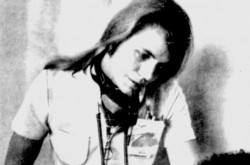
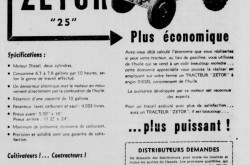
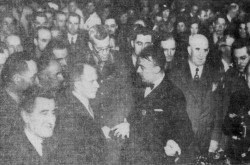

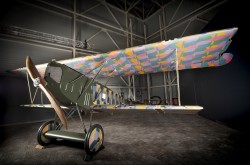

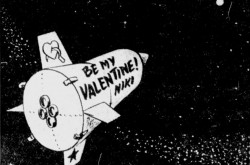
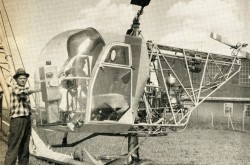


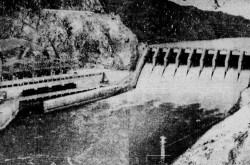
![One of the first de Havilland Canada Chipmunk imported to the United Kingdom. Anon., “De Havilland [Canada] DHC-1 ‘Chipmunk.’” Aviation Magazine, 1 January 1951, cover.](/sites/default/files/styles/thumbnail_7/public/2021-01/Aviation%20magazine%201er%20janvier%201951%20version%202.jpg?h=2f876e0f&itok=DM4JHe5C)

